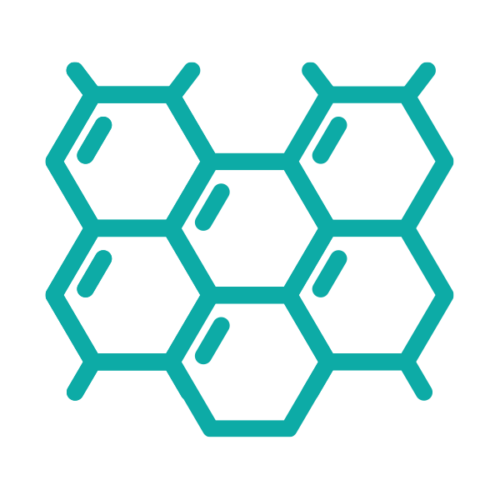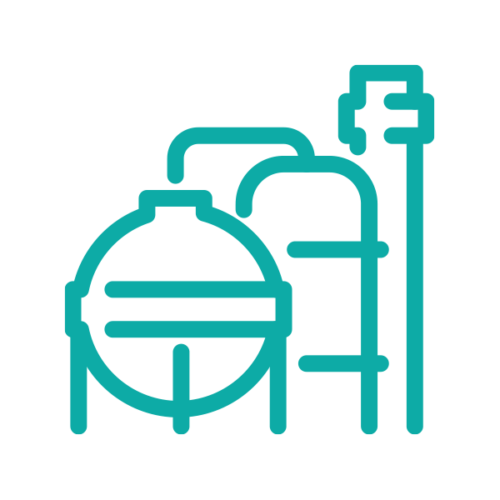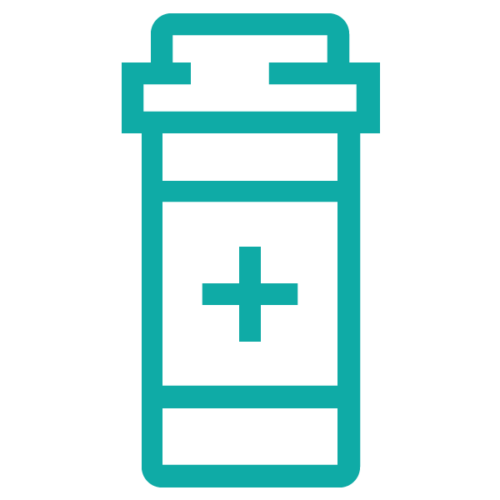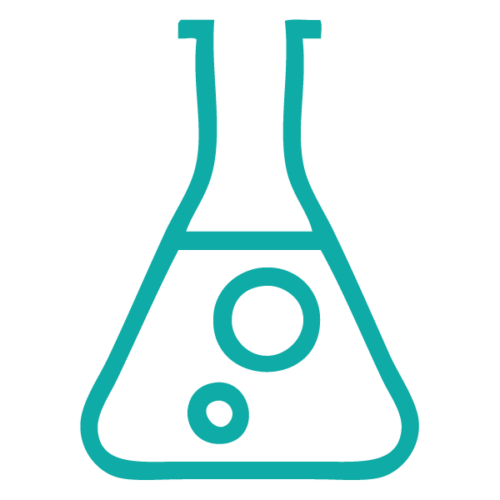Dielectric Fluid
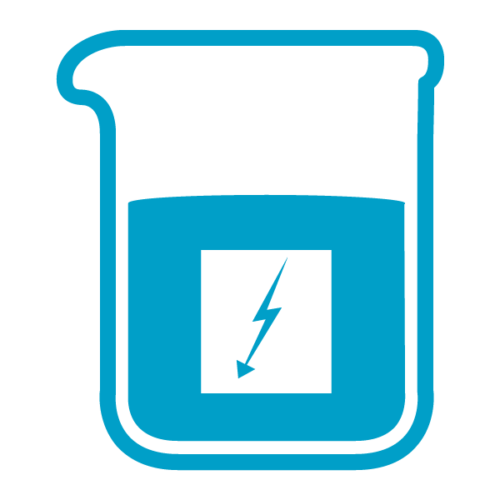
Lower global warming alternatives to SF₆ – Novec Dielectric Fluid – for a more sustainable power industry.
Our 21st century lifestyle would not be possible without an abundant, reliable supply of electrical power. But the electricity we consume at home, at work and in play can come at a cost to the environment. According to the Intergovernmental Panel on Climate Change, electric power generation accounts for around 26% of greenhouse gas emissions globally – the largest single source of such emissions. Reducing this carbon footprint is a key priority for power utilities around the world.
What can be done to help achieve this goal? We can look for ways to reduce or eliminate the use of potent greenhouse gas contributors such as Sulphur Hexafluoride or SF6. SF6 is commonly used as an insulating and quenching material in high and medium voltage transformers, circuit breakers and switchgear. Yet SF6 is a potent greenhouse gas, with a Global Warming Potential over 23,500 greater than Carbon Dioxide.
3M has sought to provide the industry with more sustainable alternatives, in research that spans over 20 years. Our scientists have evaluated hundreds of compounds to identify materials with the right combination of performance, safety and environmental properties. After extensive testing under laboratory and field conditions, 3M has commercialised 3M™ Novec™ Dielectric Fluids.
Novec dielectric fluids are non-flammable, non ozone depleting materials that offer up to twice the dielectric strength and significantly lower global warming potential than SF6. In fact, Novec dielectric fluid could reduce potential greenhouse gas emissions by 98% or more!
We have worked closely with well-known industry leaders in the world of power generation and transmission infrastructure, to support the development of several Novec dielectric fluids based gas mixtures that are optimised for various applications and environmental conditions. Today these solutions will help maintain the safety and reliability of medium and high voltage systems, while reducing reliance on materials that negatively impact the environment.
SF6-free 420kV GIL solution now live at National Grid substation in Sellindge, UK
The first SF6-free 420kV Gas Insulated Line (GIL) solution has now been installed at Sellindge, England, with an insulating gas mixture using 3M™ Novec™ Dielectric Fluid. The installation follows years of research and collaboration, and demonstrates the commitment of GE, National Grid and 3M to reduce greenhouse gas emissions associated with use of SF6 in high voltage power transmission equipment.
With the GIL installation at Sellindge, years of collaborative work have come to fruition. 3M is proud to have its Novec based technology installed in the first SF6-free 420kV GIL solution, with anticipated reduction of more than 98% in greenhouse gas emissions.
After four years’ research, GE, using 3M™ Novec™ 4710 Dielectric Fluid has developed an SF6-free solution that is much more environmentally sustainable yet meets all the very tough specifications for HV switchgear, including high dielectric strength, good arc quenching capability, compatibility and easy handling.
It also meets health and safety pre-requisites (low toxicity, no flashpoint), and importantly, environmental requirements including low GWP and no Ozone Depletion Potential. The gas mixture, including Novec 4710 fluid, has been named by GE as g3™, standing for ‘green gas for grid’.
g3 was selected in 2015 by National Grid, to implement the first GIL g3 project in the world at Sellindge, part of National Grid Network Reinforcement Programme. Sellindge, in the South of England, is the British side of the cross channel interconnection. The pilot went live in June 2016, with g3 implemented in two gas-insulated lines.
Mark Waldron, Switchgear Technical Leader at National Grid, comments: “We, as National Grid, have promoted finding an alternative to SF6 for some time. As a company, we have established targets for the reduction of greenhouse gases, which are 45% by 2020 and 80% by 2050. What’s exciting for us is that g3 opens the way for reducing or eliminating SF6, and that’s something that for National Grid is really important.”


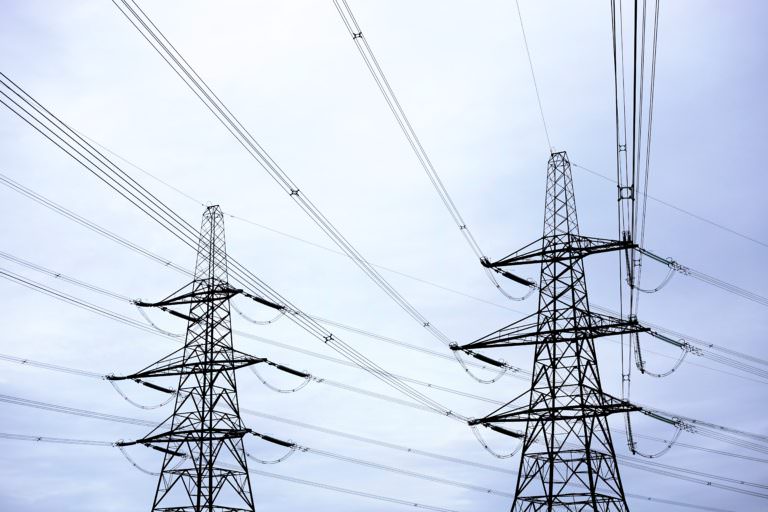

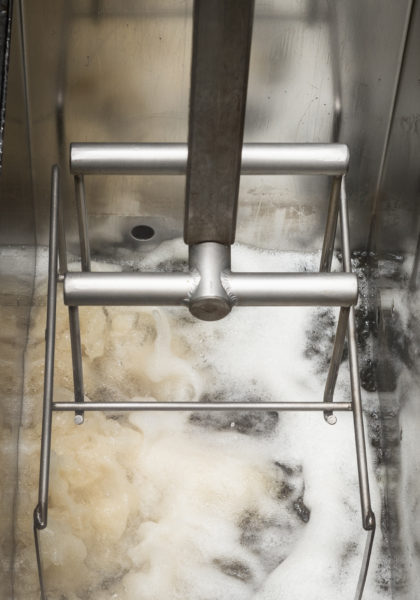
 Precision Cleaning
Precision Cleaning

